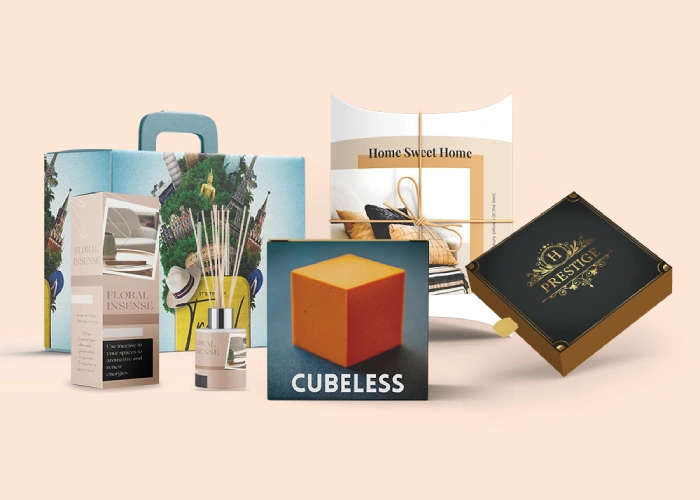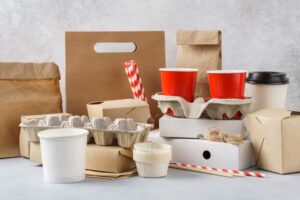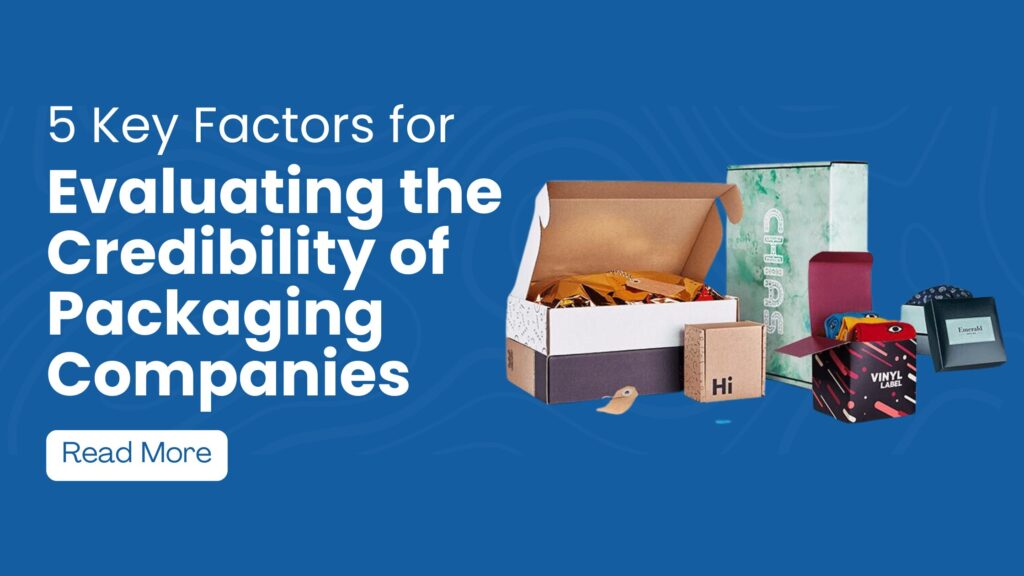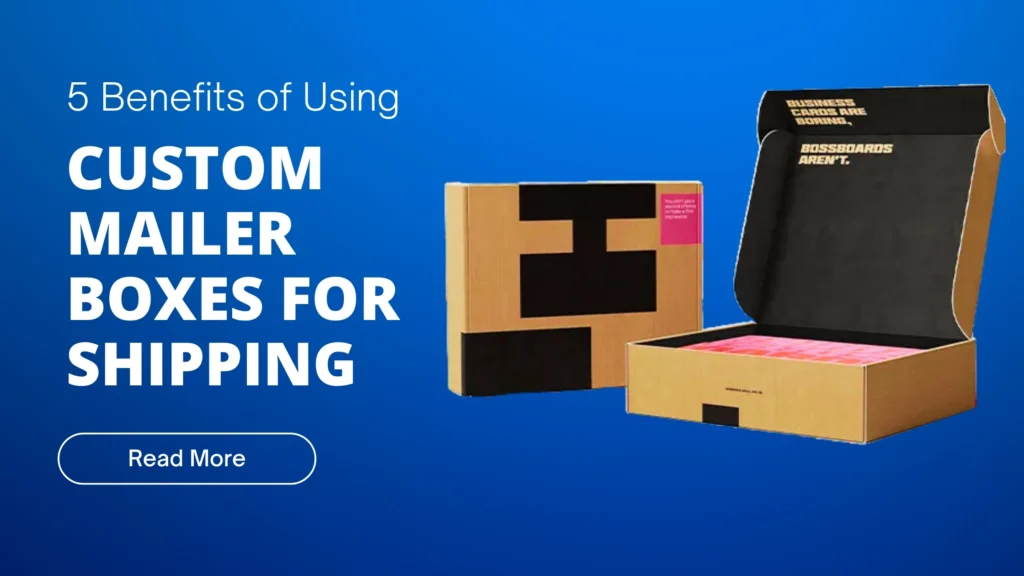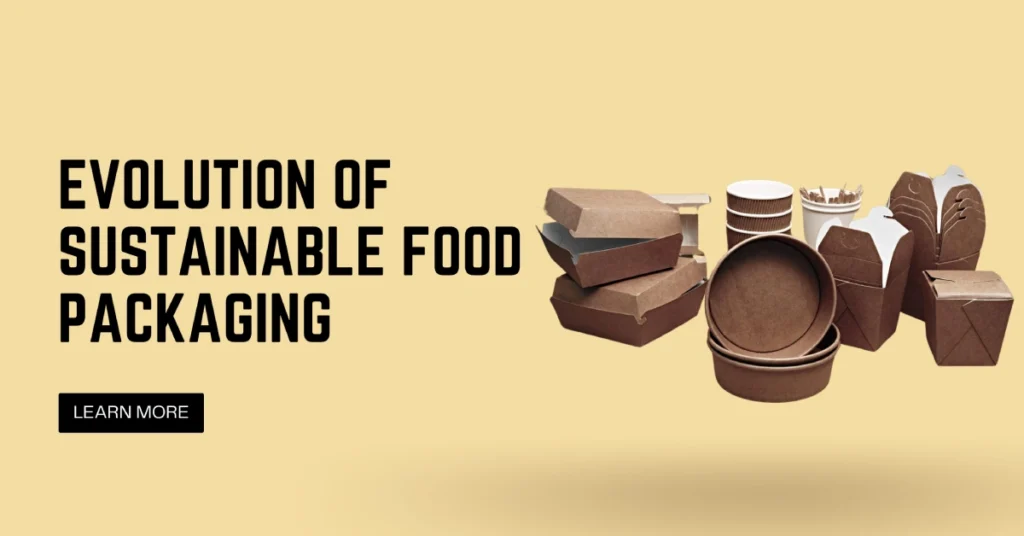Introduction to Sustainable Food Packaging
Sustainable food packaging is no longer a buzzword but one of necessity. Our earth requires choices with its war on the effects of excessive waste. Packaging that has been prepared for a considerable time is made out of plastics and other non-biodegradable materials that upset the balance of nature, adorning the landscapes and oceans with trash.
Historical Background
In the past, food packaging was a simple means of using natural material: leaves, gourds, or animal skins. As industrialization began, the development of adequate, mass-produced packaging emerged to be relied on and created the demand for plastic in industrial and consumer life.
It was only towards the close of the 20th century that early efforts for eco-friendly packaging began, and it was only with advancements in technology and consumer behavior that could support such innovations in everyday life.
Biodegradable sustainable food packaging is one of the first solutions to the waste problem. These products are designed to break down faster than the typical plastics, trying to minimize the percentage of wastes that have to go into a landfill. Examples of biodegradable types are polylactic acid, or PLA, made from corn starch and other plant parts. However they also pose problems. For example, most depend on industrial composting facilities in order to effectively break down, so these products may only be used where such facilities do not exist.
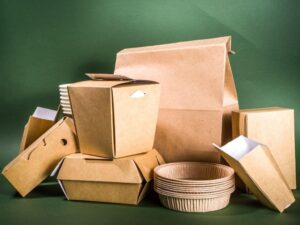
Transition to recyclable materials
The more eco-friendly people are, the more there is a shift to recyclable material. Glass, metals, and some types of plastics are recycled into new products so that virgin materials are less utilized. The most chosen objects are PET plastic bottles, aluminum cans, and glass jars. Nevertheless, recycling is not without its problems, such as contaminated material and the energy needed for recycling processes.
Developments of Plant-Based Packaging
The first giant stride in sustainable solutions is plant-based packaging. Plant materials such as corn, sugarcane, and mushrooms are substitutes for petroleum-based plastics. Some plant-based packaging types include bioplastics that can be compostable or recyclable. They are mostly categorized into lower-carbon products and can be recycled based on the current systems.
Edible Packaging: The New Concept
Edible packaging sets new standards for innovation, from packaging that can be used with food to being consumed with food. Such a zero-waste strategy encompasses items from seaweed-based wraps to edible films from proteins in milk. Compostable packaging is especially useful for single-serve products and is available as a delicious, sustainable alternative to sustainability-conscious consumers.
Compostable Packaging: The Rise
Another key innovation in green alternatives is compostable packaging. Unlike biodegradable, which results in microplastic residue, compostable materials are fully broken down and give nontoxic constituents that add value to the soil. Compostable options include specific forms of bioplastics, paper-based products, and agricultural waste-based packaging. Knowing the difference between compostable and biodegradable makes a difference for intelligent decisions.
Industry Leaders in Sustainable Food Packaging
There are many companies that head the list of companies setting up sustainable packaging trends. First and foremost, there’s Tetra Pak, a company that has for years backed recyclable and plant-based cartons. Another company making waves is startup Notpla, which invented seaweed-based packaging. Such leadership puts an example to the others to innovate and go more sustainable.
Influence of Consumer Culture on Packaging Trends
Consumer awareness and demand do much toward packaging trends. The more conscious people grow about their environment, the more this will influence their buying preferences to enforce companies to use more sustainable packaging. Indeed, companies whose brands fall within the eco-friendly niche experience increased loyalty and even market share, attesting to the force of consumer influence.
Directions for Sustainable Food Packaging into the Future
The future for sustainable food packaging indeed seems bright because new technologies and innovations keep coming into the industry. Developments in the form of smart packaging, like adding sensors to track freshness and avoid food waste, also hold a lot of promise. Lastly, governments are putting more policies in place that limit the use of single-use plastics and promote sustainable alternatives. All these changes promise to bring about a more sustainable ecosystem.
Simply put, sustainable food packaging evolution really forms part of the greater change to take care of our earth. From early biodegradable materials to innovations in edible and compostable products, the journey epitomizes creativity and passion for the effort into one of mankind’s most huge challenges: the environment. As awareness, skill, and technology improve, innovation and collective commitment will drive the food packaging industry further on the way to perfection.
